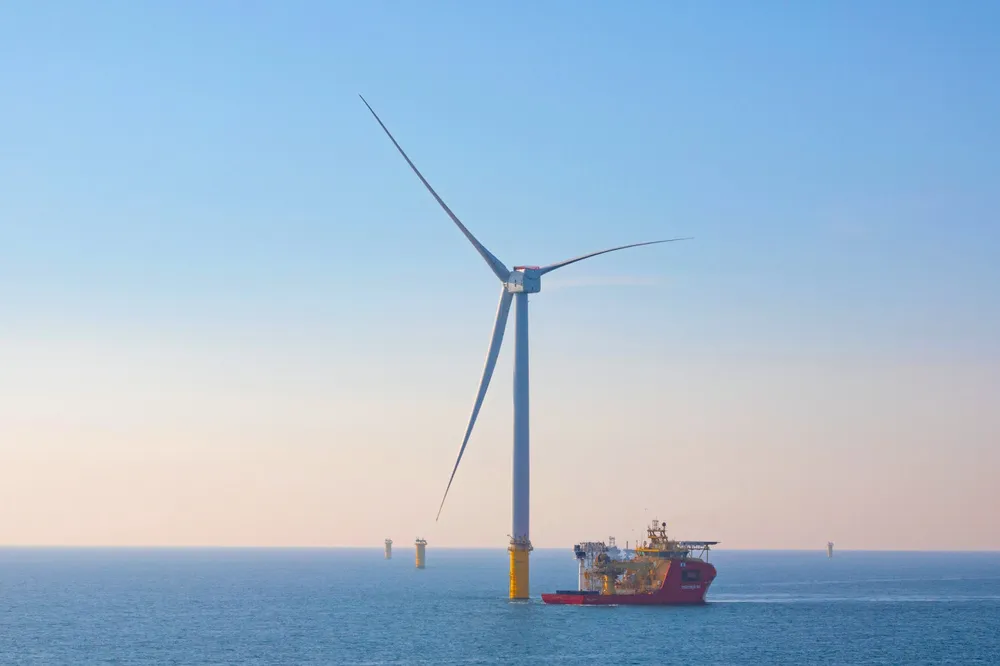Preliminary results of GE Vernova's investigation into three blade failures at two different offshore wind farms reveal each had separate causes and are “unrelated”, a company spokesperson told Recharge.
Since May, two GE 13MW Haliade-X blades failed at the UK’s Dogger Bank array, while another collapsed at Vineyard Wind in the US.
“We continue to investigate the recent offshore wind events involving our blades and are taking every necessary step with customers and authorities to safely move forward with the installation of the Dogger Bank and Vineyard Wind farms,” a GE Vernova spokesperson told Recharge.
“Our current analyses indicate that the causes of the recent blade events are unrelated.”
The loss of three blades raised concerns in the industry that the latest generation of supersize turbines
presented manufacturing and installation challenges that could lead to costly delays.
The Vineyard incident likewise
ignited a firestorm of protest from opponents already incensed by offshore wind development off the coast of Martha’s Vineyard, Massachusetts, where a rich coastal ecosystem supports the nation’s most valuable fishery as well as tourism for the ultrawealthy.
The latest incident occurred 22 August when GE Vernova reported that a 107-metre blade at
Dogger Bank wind farm had failed “during commissioning”.
A source familiar with the company told Recharge this incident occurred in high winds while the turbine rotor was locked in position and the yaw system was disabled due to ongoing commissioning work.
The source said GE is putting in place corrective actions to eliminate the risk to the turbine during such environmental events.
The Vineyard incident 13 July was the result of a manufacturing deviation, and this source confirmed that GE has taken specific measures to enhance quality assurance going forward.
The installation issue that caused the first incident 1 May was addressed before other blades were installed, the source confirmed.
Turbine 'arms race'
Controversy over the turbine “arms race” has raged for the last several years as OEMs and offshore wind developers compete for greater economies of scale amid inflationary headwinds that have raised costs globally.
Siemens Gamesa and Vestas are beginning to commercially install up to 15MW turbines, while Chinese OEM
Mingyang on 30 August reportedly installed a 20MW unit. The average installed turbine rating grew from 7.7MW in 2022 to 9.7MW in 2023 “as developers began shifting to the new 15MW turbine technology platform”, the US National Renewable Energy Laboratory (NREL) noted in its
most recent report.
Raising turbine sizes has cascading effects for the sector, exceeding capabilities of currently available installation vessels and coastal infrastructure and deterring investment into new equipment due to rapid obsolescence.
NREL noted there are signs that the Western OEMs are pulling back to focus on industrialising around 15MW platforms.
Yet amid cutthroat global competition, developers are pushing for ever larger turbines and GE’s move to pull back from plans for an 18MW unit
derailed New York’s entire 4GW round 3 procurement.Mingyang’s push to 20MW along with fellow Chinese OEMs making similar moves is
raising fears that they will ultimately outcompete their Western rivals.
